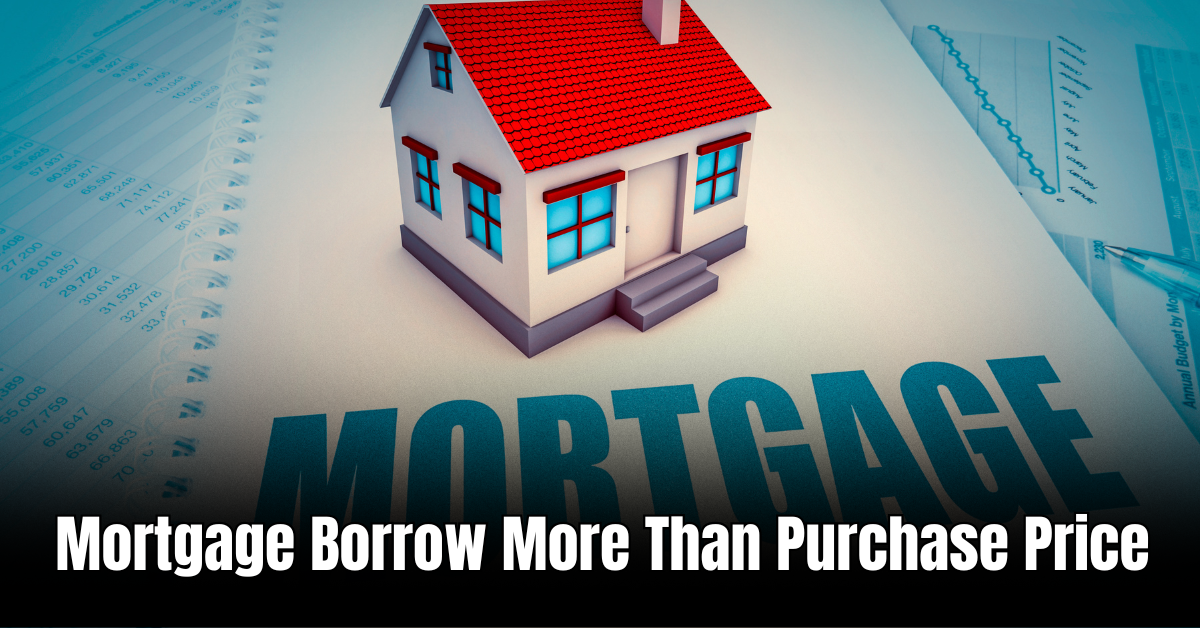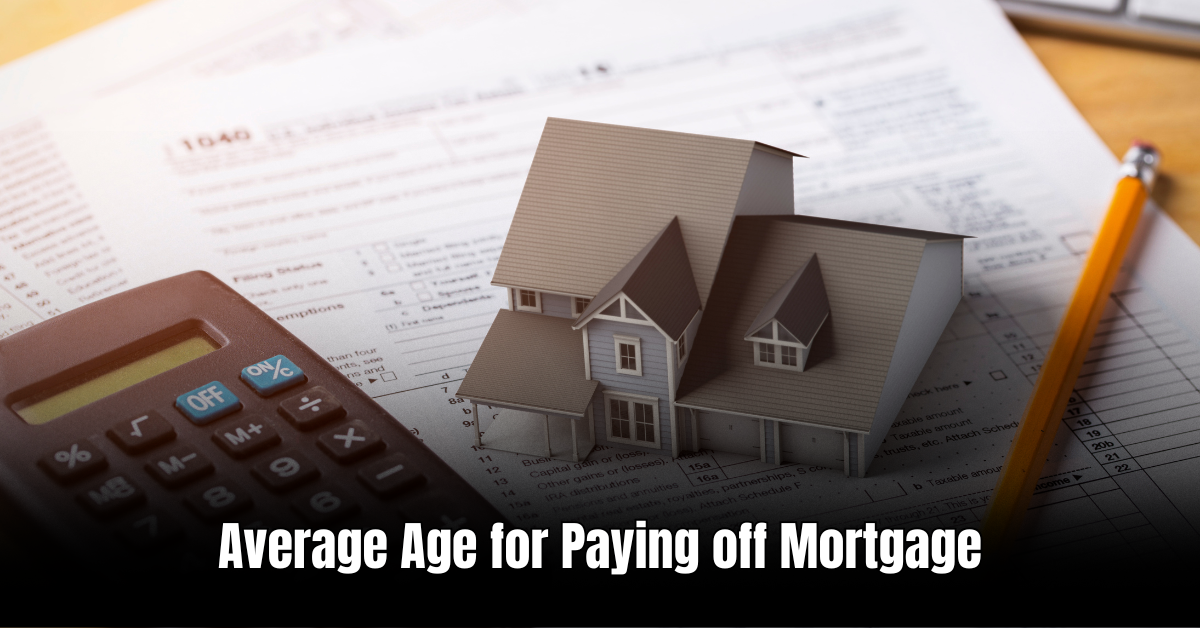Are you considering buying a new home but find yourself in need of extra funds? Well, you’re in luck! With a mortgage, it is possible to borrow more than the purchase price of the home. In this article, we’ll explore why this option exists and what you need to know before taking this financial leap.
Understanding the concept
When it comes to purchasing a new property, the cost is not limited to just the purchase price. There are additional expenses involved, such as closing costs, realtor fees, and potential renovations or repairs. These costs can quickly add up and strain your budget.
That’s where borrowing more than the purchase price of the home comes into play. By increasing your mortgage amount, you can cover these additional costs without having to dip into your savings or seek alternative financing options.
The benefits of borrowing more
Opting to borrow more than the purchase price can have several advantages. Here are a few notable benefits:
- Convenience: Rather than dealing with multiple loans or credit accounts, having a higher mortgage amount allows you to consolidate your expenses into one monthly payment.
- Low interest rates: Mortgages generally have lower interest rates compared to credit cards or personal loans. By borrowing more through your mortgage, you can take advantage of these lower rates.
- Tax implications: In some cases, the interest paid on your mortgage may be tax-deductible, which can help reduce your overall tax liability.
- Improved cash flow: By financing your additional expenses through your mortgage, you can free up your cash flow for other purposes or emergencies.
Important factors to consider
While borrowing more than the purchase price may seem like an appealing option, it is crucial to consider a few factors before proceeding:
Loan-to-value (ltv) Ratio:
One of the primary factors lenders consider when allowing borrowers to borrow more is the Loan-to-Value (LTV) ratio. LTV is the percentage of the property’s value that you are borrowing. Typically, lenders have limits on the maximum LTV they are willing to approve.
Higher LTV ratios may mean higher interest rates or additional requirements, such as mortgage insurance, to protect the lender in case of default.
Financial Stability:
Borrowing more than the purchase price of your home means taking on higher debt. Ensure that your financial situation can accommodate the increased monthly mortgage payment, including interest and any potential changes in your income or expenses in the future.
Appraisal Considerations:
When borrowing more than the purchase price, the property will still need to be appraised to determine its value. In some cases, lenders may only approve a higher mortgage amount based on the appraised value, considering it as collateral.
Long-term Implications:
Borrowing more may extend the duration of your mortgage and increase the overall interest paid over time. Make sure to carefully evaluate the long-term impact and assess whether it aligns with your financial goals.
Steps to take
If you’ve decided that borrowing more than the purchase price is the right choice for you, here are some steps to consider:
- Research lenders and their borrowing limits: Different lenders may have varying thresholds on how much they are willing to lend beyond the purchase price.
- Get pre-approved: Before starting your property search, it’s advisable to get pre-approved for your mortgage. This will give you a clear understanding of how much you can borrow.
- Consult with a mortgage advisor: Seek professional advice to understand the terms, conditions, and implications associated with borrowing more than the purchase price.
- Prepare your documents: Gather all necessary financial documents, such as income statements, tax returns, and employment records, ready for the mortgage application process.
- Apply for your mortgage: Submit your mortgage application to the lender of your choice and await their approval.
Remember, borrowing more than the purchase price of a home can be a useful financial tool, but it also comes with responsibilities. It’s vital to assess your current and future financial situation carefully and consult with professionals to make informed decisions.
By understanding the concept, benefits, important factors, and the steps involved, you’ll be better equipped to make a decision that aligns with your goals and financial well-being.
Frequently Asked Questions On Mortgage Borrow More Than Purchase Price: Smart Strategies For Homebuyers
How Can I Borrow More Than The Purchase Price For A Mortgage?
You may be able to borrow more by getting a renovation loan or utilizing equity from another property.
What Is A Renovation Loan?
A renovation loan is a type of mortgage that allows you to borrow additional funds for home improvements.
How Can I Qualify For A Renovation Loan?
To qualify, you typically need a good credit score, stable income, and a detailed plan for the renovation project.
Can I Borrow Against The Equity In My Current Property?
Yes, if you have equity in your current property, you may be able to use it as collateral for a higher mortgage amount.
Ismail Hossain is the founder of Law Advised. He is an Divorce, Separation, marriage lawyer. Follow him.





Leave a Reply